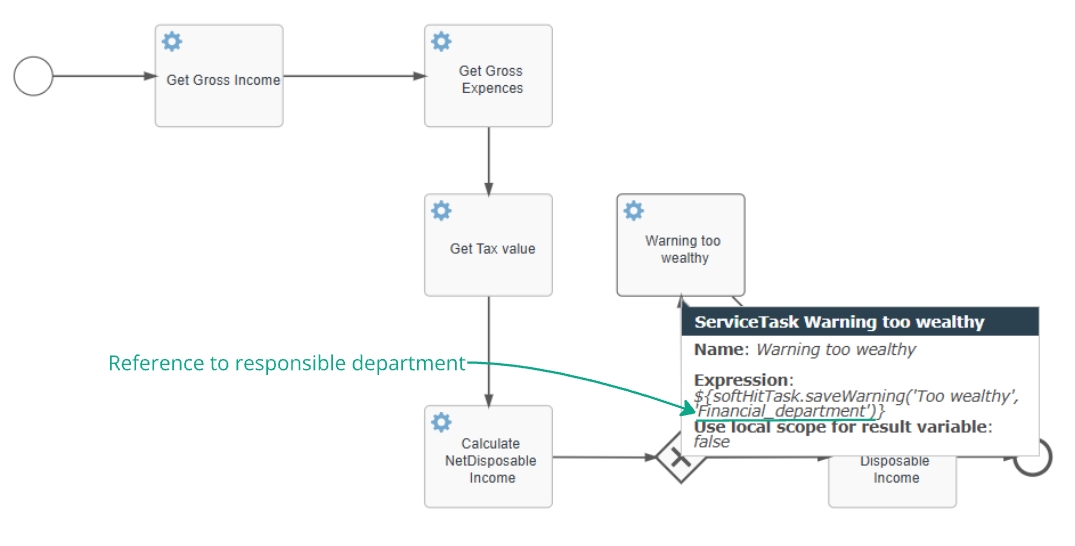Manual Decision-Making Process in timveroOS
Last updated
Was this helpful?
Last updated
Was this helpful?
Manual Decision-Making Process in timveroOS
timveroOS enables the inclusion of certain conditions (referred to as “warnings”) that prevent the system from automatically proceeding with a participant’s workflow decision (i.e., approving or declining). In these scenarios, the Financial Institution (FI) can configure policies linking a specific warning to the department responsible for reviewing it and rendering a manual decision.
For instance, a Financial Institution may have four departments dedicated to distinct underwriting responsibilities:
• Underwriting: Evaluates debt obligations and assesses credit history.
• KYC (Know Your Customer): Verifies client identity and confirms address information.
• AML (Anti-Money Laundering): Reviews transaction-related concerns.
• Financial Department: Analyzes financial metrics and accounting data.
Within the system, there is a catalog known as Decision Departments, where an administrator can define the departments involved in manual decision-making. Each department record in the catalog contains three attributes: a code, a description, and an activity status.
When configuring warnings in the decision tree, the administrator should utilize the department code. For example:
Example Scenario: “Warning: Too Wealthy”
In the example below, the participant has one warning that requires manual review by the Underwriting Department:
If multiple warnings exist and different departments are assigned to them, the system follows this logic:
• If a user from any assigned department declines the warning under their purview, the participant’s application is immediately declined, and no further department reviews are necessary.
• If a user from an assigned department approves the warning under their purview, the system then requires the remaining departments to review their respective warnings. The participant is fully approved only after all assigned departments have approved all relevant warnings.
Only users with the corresponding department assigned to their account can take the “Approve” or “Decline” actions, once they are assigned to solve warnings associated with the combination: Participant + Warnings related to this department. More about this you can learn . Once the decision is made, the system displays the decision maker’s identity and the decision timestamp:


